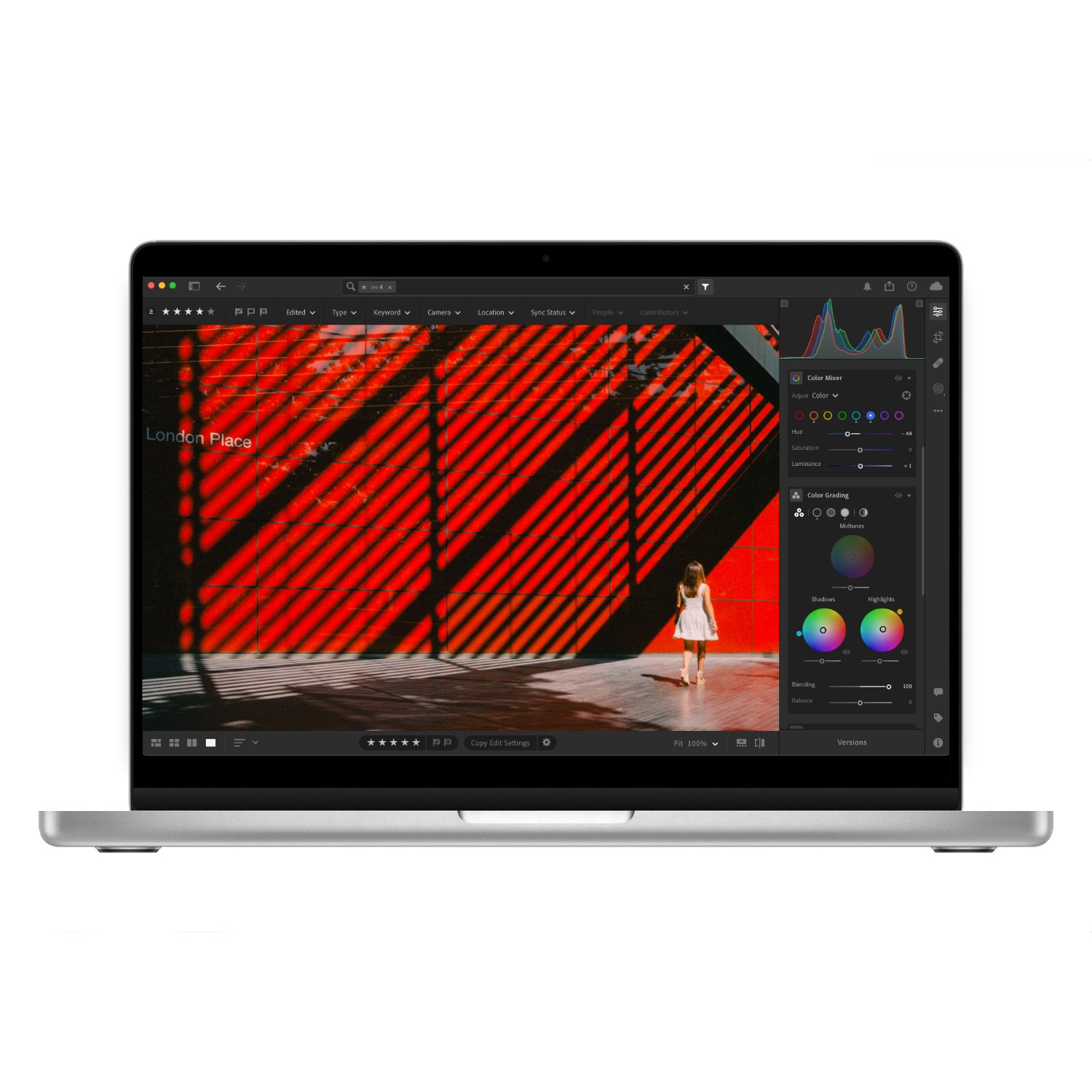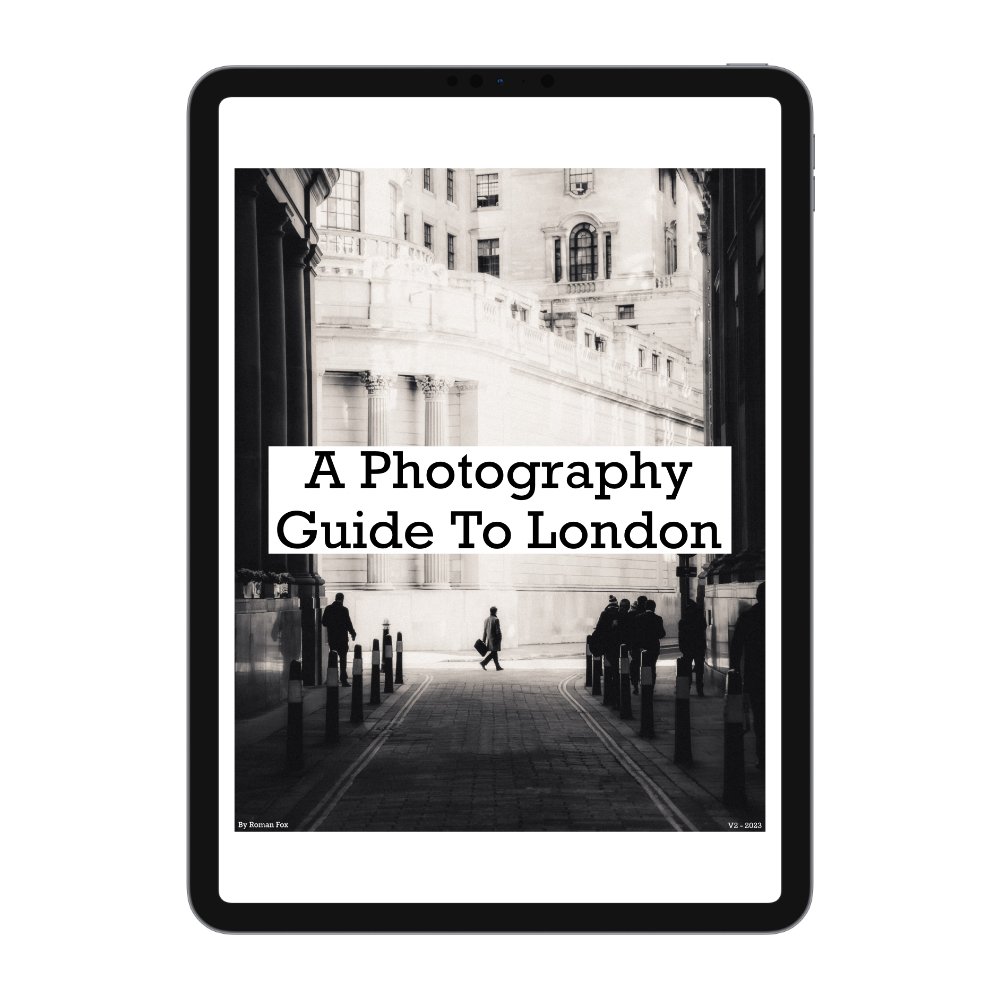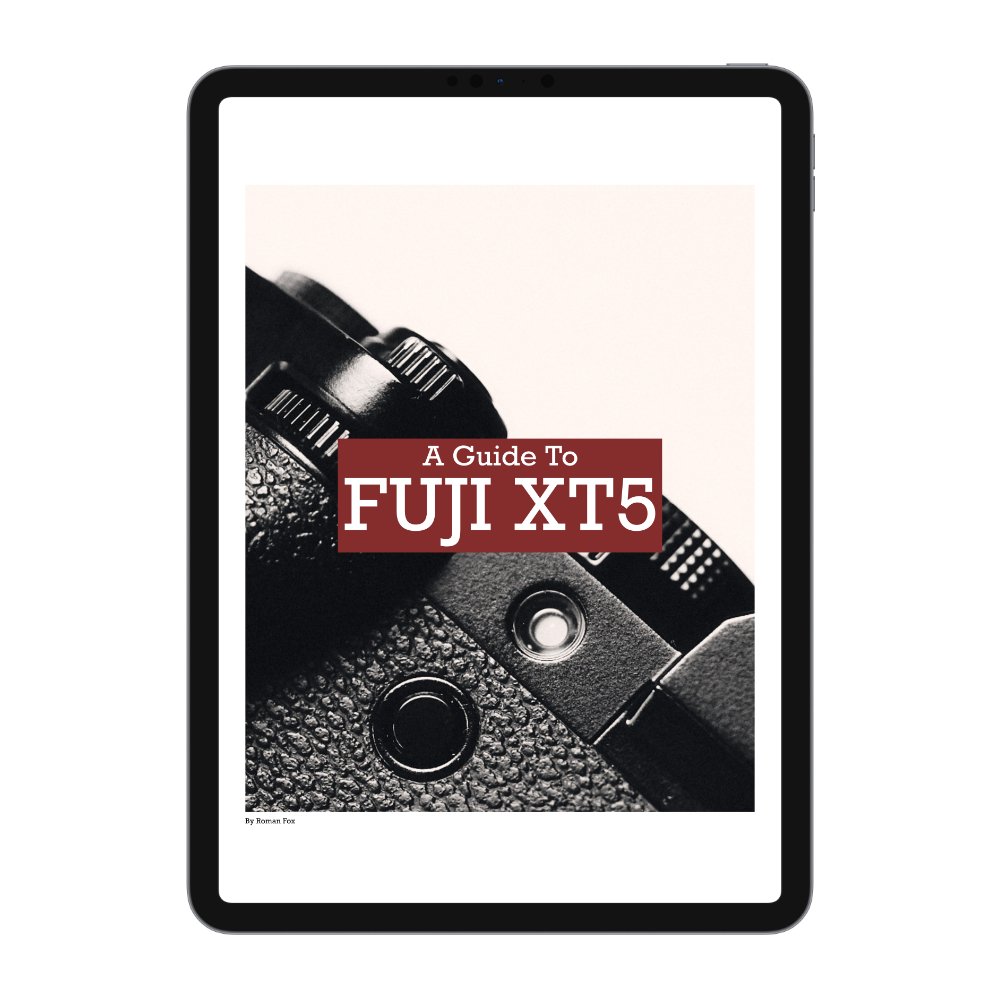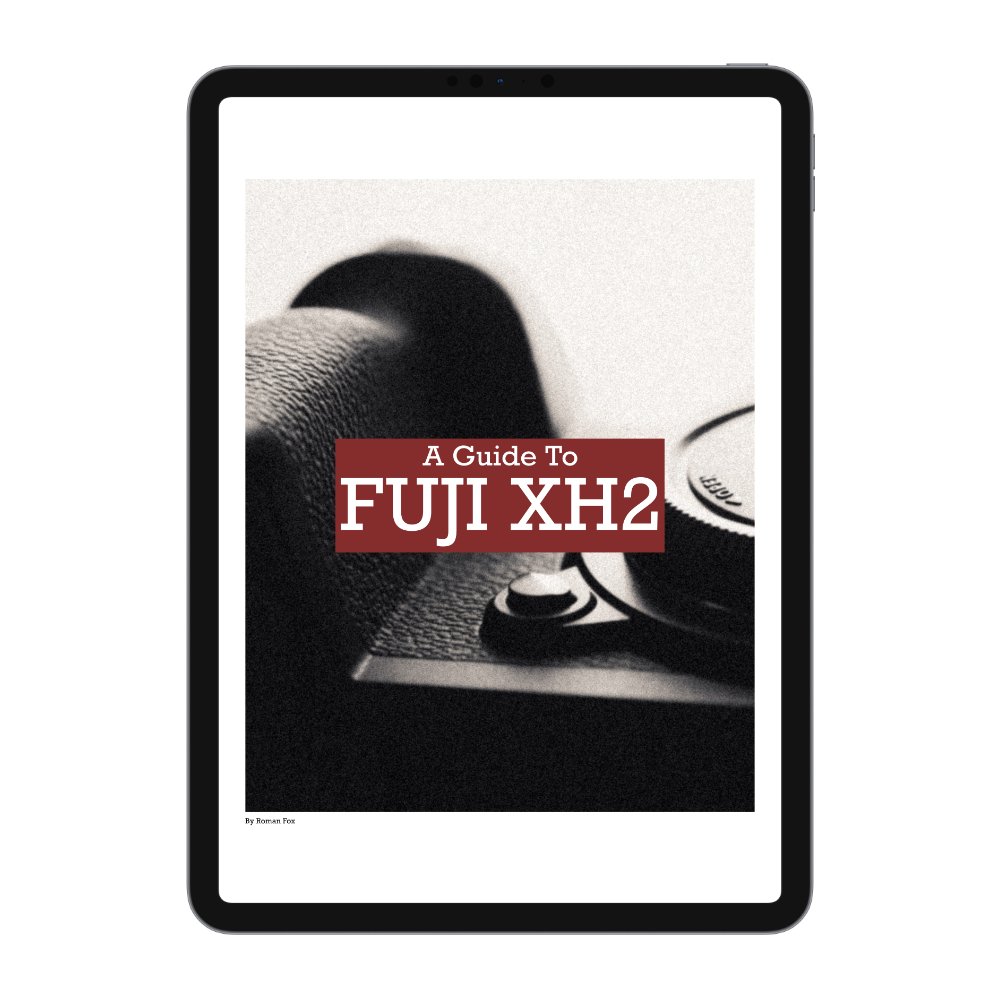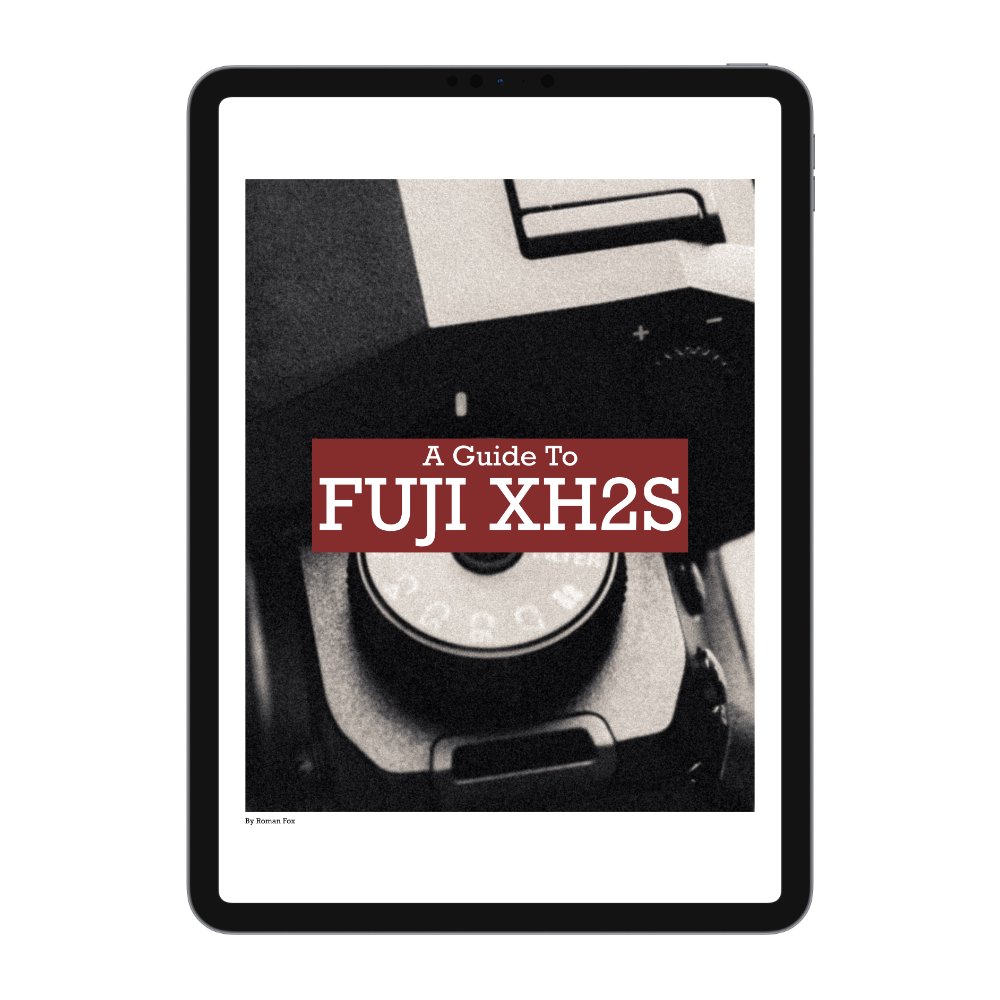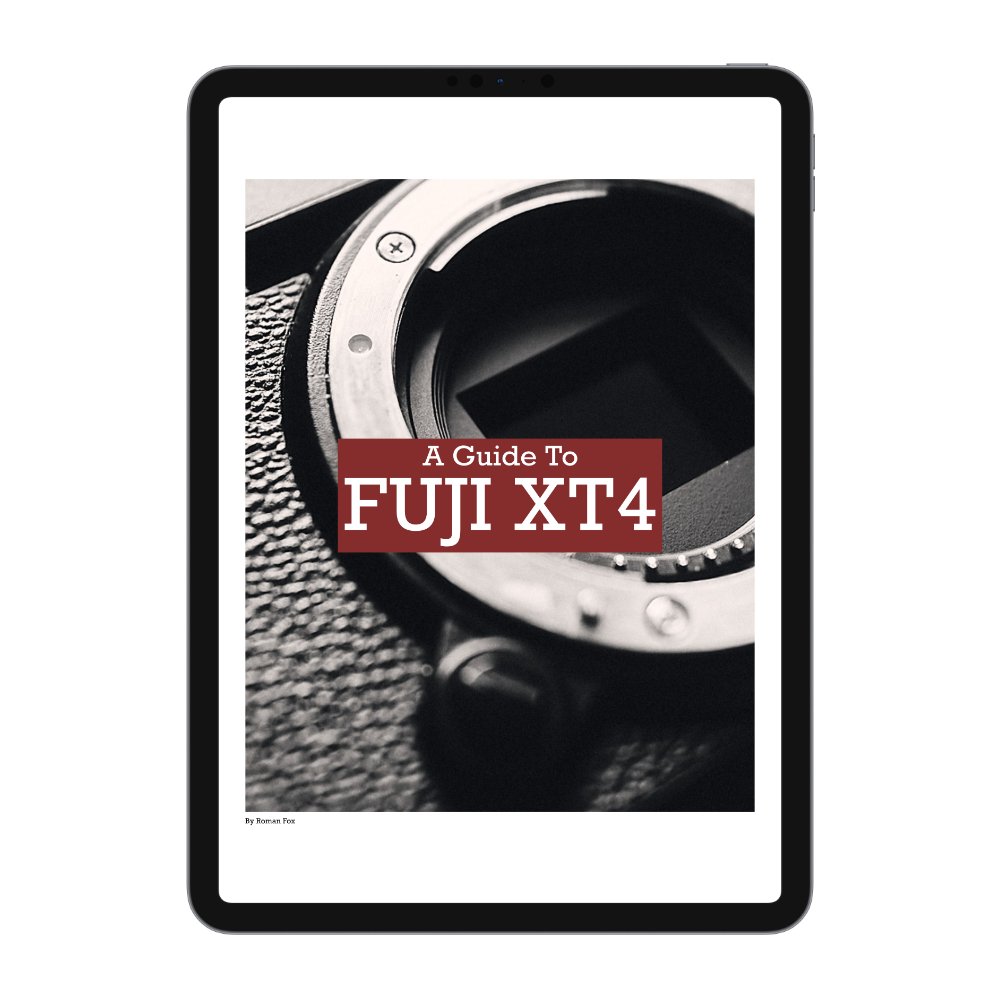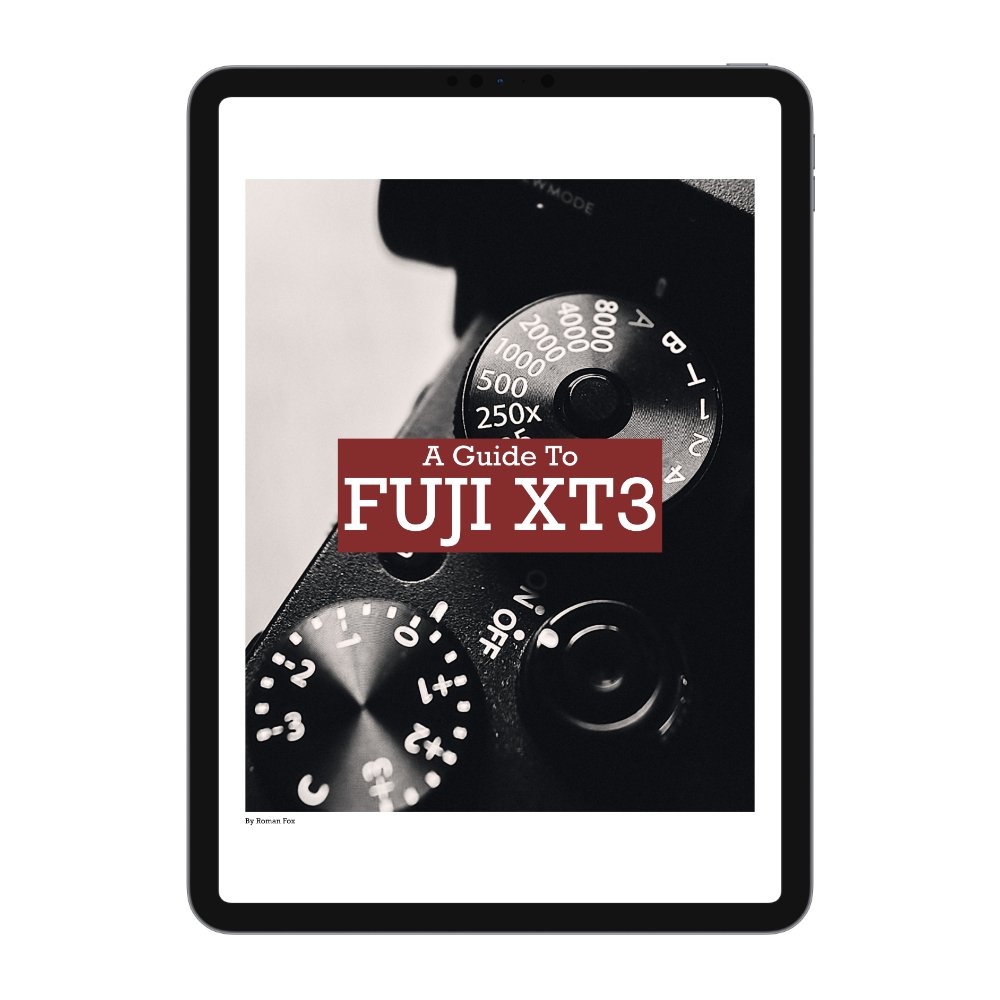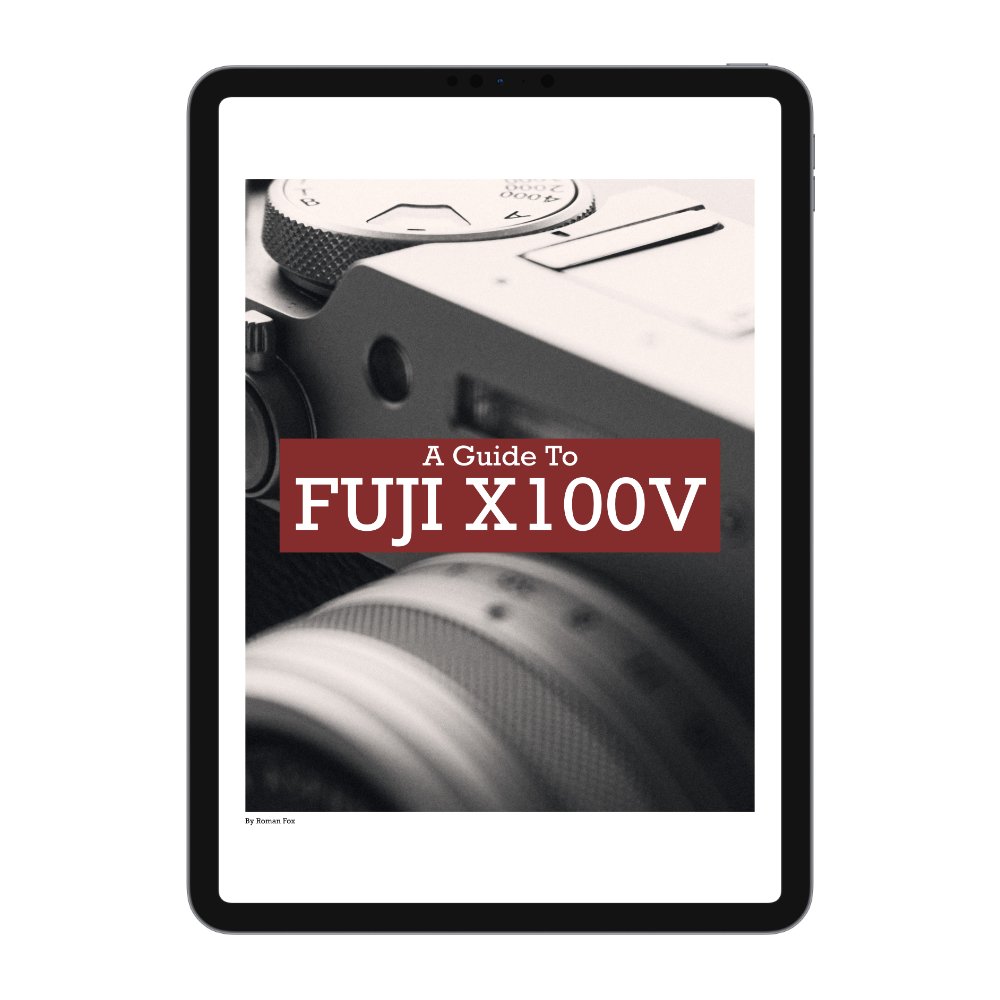Basic to Luxury Photography Set Up
In this blog I will cover different photography kits depending on your budget and your needs. I will show you what can be achieved with each kit and the thought process. My experience is based on a Fujifilm APSC system however this will carry over to other brands too, hence all the focal lengths are in full frame terms.
The Minimum Photography Kit
At the most basic level you would need a camera, a general zoom and a prime lens. The general zoom can be a kit lens that came with your camera or a more premium option you purchased after. The typical focal length of a general zoom is between 24 and 70 mm. Honestly at this stage the kit lens is more than good enough and they are not as bad as they used to be. The second lens will be a small and light prime.
The best way to decide which prime is right for you is to look back through your zoom lens photos and see where most of your photos are in terms of focal length used. Another way is to look through your images and see if you prefer to shoot scenes or subjects. If you prefer scenes then you can’t go wrong with a 35mm. For subjects a 50mm is a great choice. Unless you’re dead set on shooting at night, I would avoid the big expensive fast primes and instead opt for something small and light. Fast primes will usually be f1.2 or f1.4 while f1.8 or f2 will be smaller and lighter.
This kit can cover so much. If you’re travelling and not sure what you will encounter, the zoom is invaluable. However if you want a small light kit for a casual walk round town, be more inconspicuous or perhaps you want to shoot at night, then the smaller and lighter prime will come in handy.
As for bags, I’d suggest a small sling or a small backpack depending on your preference. A sling will be more practical in towns while a backpack will be more ergonomic and practical for travel.
When it comes to editing, honestly you can do so much on your phone now. Lightroom mobile is a full featured editing app and you can store all the files in the cloud for backup. Of course if you have a laptop, use that but at this stage I wouldn’t buy something specific for editing.
Final small accessories will include a wrist or neck strap, a spare battery and a spare memory card. A good pair of walking trainers and that’s all you need to get going.
The Comfortable Photography Kit
If you’re really starting to get into photography and want to expand your kit, I would suggest adding one more zoom, one more prime and a dedicated editing laptop.
The zoom in question is a 70-200mm. This isn’t the lens you will use for street photography or hang round your neck for a walk round town. However if you do any travel, having a telephoto can be incredibly useful both creatively and practically. From a creative point, you can now start getting shots with compression and going for more abstract compositions. Furthermore you can now start finding smaller more intimate compositions within the grander scene. From a practical perspective, a telephoto simply means you can get shots that you physically otherwise never could as the below examples will demonstrate.
The second prime would depend on what you already have. If you already have a 35mm then I’d go for something longer like a 70mm. If you have a 50mm then I’d go for something wider such as 28mm. The goal is to have the two primes complement each other. If one is your establishing lens, the other should be a subject or detail lens. There is no point having a 35mm and a 50mm in the same kit as they’re too close to each other. 35mm can easily be cropped to 50 and 28 can easily be cropped to 35mm. As for aperture value, this is when you can consider a faster lens if you find yourself shooting more at night. If you tend to shoot at least 50% in low light, then it warrants a faster lens such as an f1.4.
Between these four lenses you’re covered for almost anything you encounter. You have a full zoom kit for travel and a small prime kit for cities, street photography and a light weight set up. Finally I would add a dedicated editing laptop to this kit and for that I’d recommend a MacBook Air. I would also invest in an SSD to work from and a normal hard drive for backing up your work. As for software, you can’t go wrong with Lightroom.
The Luxury Photography Kit
At this point you’re fully into photography and this is your main hobby or even a side business. You have the disposable income to pick up some more gear and this kit will cover pretty much every possible scenario you could encounter with a camera.
Let’s start with camera bodies. This kit has two bodies. One can be a larger higher performance camera while the other is a more compact fun camera. The first one you will use with the bigger zoom lenses, in challenging environments or for any paid work. The second you will use on relaxing days walking round small seaside towns and simply for fun. This body you will mainly use with your small primes. Of course it also acts as your backup camera and in some scenarios it’s more practical running two bodies with two lenses at the same time.
Next are zoom lenses and we have three. A 24-70mm, a 70-200mm and a 15-35mm. They don’t have to be those exact ones as long as you have a wide angle, a general zoom and a telephoto. The wide angle will cover grand landscapes, architecture and help out shooting in tight places. The other two we’ve already covered.
Moving over to primes, there are three and the concept is the same as with the zooms. Wide, medium and tight. Personally I would suggest a 28mm for the wide end, a 50mm and a 135mm.
The 28mm will act as your establishing lens and is great for documenting your day. You can use is it in tight spaces to get as much in as possible or in grand spaces to showcase the whole scene.
The 50mm will be your subject and general lens. You will use it to tell the viewer what’s worth looking at within the scene. It’s a great lens for street photography and for a general walk about town.
The 135mm will be your telephoto lens for compressed scenes and details. You won’t use it as much but it can really come in handy.
As for computer, I’d consider a small 14 inch MacBook Pro especially if you have a larger resolution camera. Things will just run smoother and quicker. But this is a luxury and not a must. When it comes to software, Lightroom is still all you need however if you wish to start experimenting with compositing or more advanced editing, Photoshop or Affinity Photo will have you covered. Personally I prefer Affinity.
Moving to accessories, a small tripod could be a good investment especially if you plan to do longer exposures with the telephoto lenses. Filters such as a CPL will come in handy to remove glare and reflections while an ND can help in harsh light. As for bags, I’d keep a sling for the primes and get a comfortable backpack with a camera cube insert for the larger gear.
I want to wrap this up and say that none of that is totally necessary. Below is a link to a video where I shot using a 21 year old 3 megapixel Sony. Finally for an up to date list of all the gear I use, click here.



















